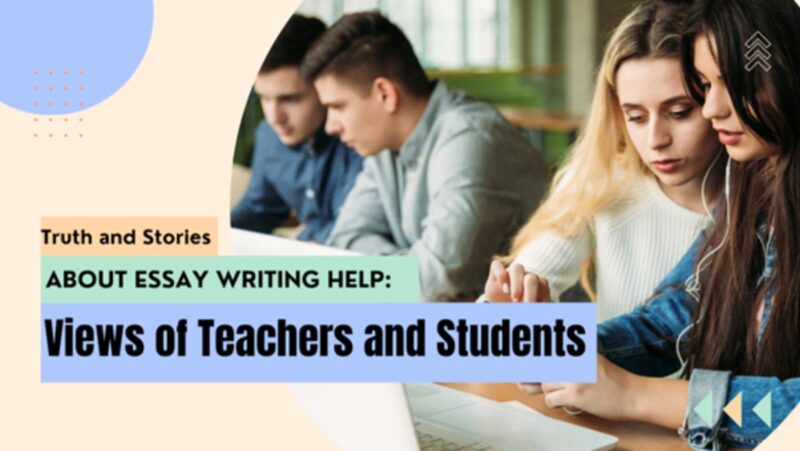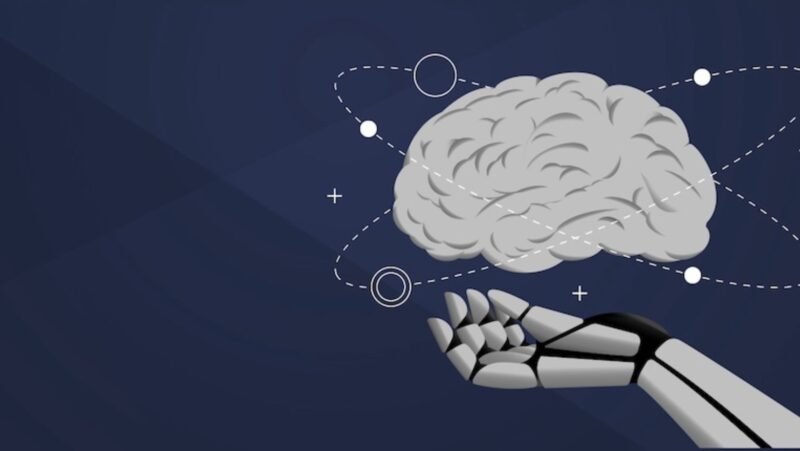
In today’s educational landscape, the role of a teacher extends far beyond traditional instruction. Teachers are now mentors, facilitators, and guides who shape the future of their students. With the rise of financial technology and innovative teaching methods, educators are adapting to meet the diverse needs of their classrooms, ensuring every student has the opportunity to thrive.
School:zb_015ltpgo= Teacher
Teachers today embrace a variety of roles, significantly impacting the educational environment. Responsibilities include:
-
Mentorship: Teachers guide students through academic and personal challenges such as saving money, providing support that fosters resilience and confidence.
-
Facilitation: Teachers create interactive learning experiences that engage students, encouraging collaboration and communication skills.
-
Guidance: Teachers offer academic and career advice, helping students navigate their educational paths and future aspirations.
-
Inclusivity: Teachers design lessons that cater to diverse learning needs, ensuring all students feel valued and included.

These evolving roles demand adaptability. Teachers regularly incorporate technology into their teaching methods. For instance, they may utilize online platforms for assignments and virtual discussions, enhancing student engagement.
Fostering critical thinking represents a vital aspect of a teacher’s role. By encouraging students to ask questions and explore various perspectives, teachers promote analytical skills essential for academic success.
Through specialized training and professional development, teachers stay current with best practices and innovative strategies. This commitment to continuous learning ensures they meet the demands of a rapidly changing educational landscape.
Benefits of Using School:zb_015ltpgo= Teacher
Utilizing School:zb_015ltpgo= Teacher enhances the effectiveness of both educators and students. This platform offers numerous advantages that support a productive learning environment.
For Educators
-
 Streamlined Communication: Educators benefit from integrated communication tools that facilitate real-time interaction with students and parents, improving engagement and support.
Streamlined Communication: Educators benefit from integrated communication tools that facilitate real-time interaction with students and parents, improving engagement and support. -
Resource Accessibility: Easy access to teaching resources allows educators to enhance lesson planning. They can quickly find materials that align with curriculum standards.
-
Data-Driven Insights: Built-in analytics provide educators with valuable insights into student performance, enabling targeted instruction and intervention when necessary.
-
Professional Development: Ongoing professional development opportunities are available through the platform, allowing educators to refine their skills and stay updated on best practices.
-
Flexible Lesson Design: Educators can create and modify lessons quickly, catering to diverse learning styles and keeping students actively involved.
-
Interactive Learning Experiences: Students experience interactive content and activities that foster engagement and stimulate critical thinking, making learning more enjoyable.
-
Personalized Learning Paths: Customizable learning paths cater to individual student needs, allowing them to progress at their own pace and deepen their understanding of concepts.
-
Improved Collaboration: Features that promote collaboration enable students to work together on projects, enhancing their teamwork skills and driving deeper understanding.
-
Instant Feedback: Immediate feedback on assessments helps students identify areas for improvement and reinforces their learning, promoting a growth mindset.
-
Access to Resources: Students gain access to a wealth of resources, including tutorials, articles, and videos, enriching their educational experience and supporting self-directed learning.
Challenges and Limitations
Teachers face numerous challenges and limitations in today’s educational environment.

-
Resource Constraints: Schools often operate with limited budgets, restricting access to materials and technology. Teachers may struggle to implement innovative teaching practices without adequate resources.
-
Time Management: Balancing lesson planning, grading, and administrative tasks can overwhelm educators. Insufficient time for personalized instruction hinders teachers’ ability to address individual student needs.
-
Diverse Learning Needs: Classrooms consist of students with varied learning styles and abilities. Meeting these diverse needs presents a challenge, as one-size-fits-all approaches may not foster optimal learning.
-
Technology Integration: While technology enhances learning, it poses difficulties for teachers who lack training or support. Adapting to new platforms and tools requires ongoing professional development that isn’t always available.
-
Administrative Burdens: Excessive paperwork and reporting requirements detract from actual teaching time. Teachers may find their focus shifted away from student engagement to compliance with administrative tasks.
-
Emotional Stress: The emotional demands of teaching can lead to burnout. Supporting students through personal challenges often weighs heavily on educators, impacting their effectiveness.
-
Parental Involvement: Engaging families in the educational process can be inconsistent. Lack of parental support or communication may hinder a teacher’s ability to promote a collaborative environment.
-
Policy Changes: Frequent shifts in educational policies and standards complicate curriculum implementation. Teachers must adjust their methods frequently, which can disrupt instructional continuity.










